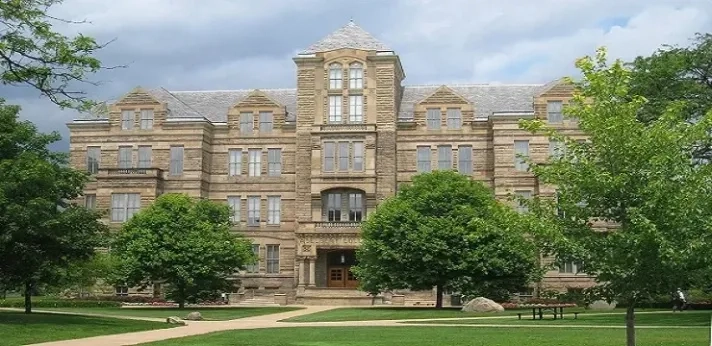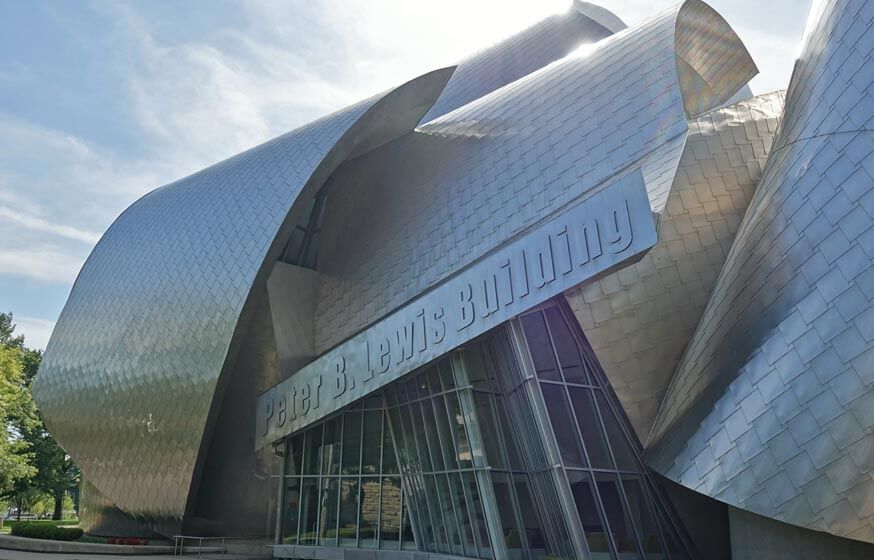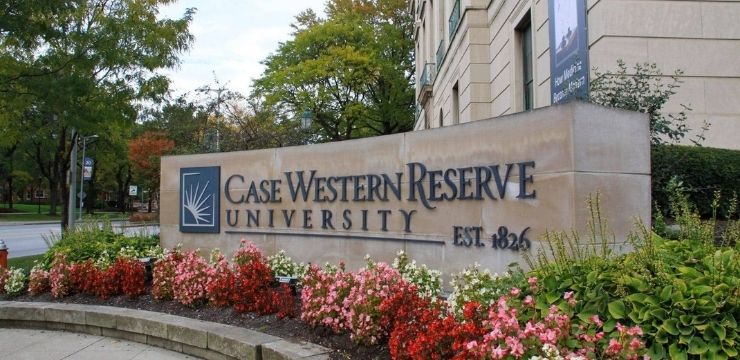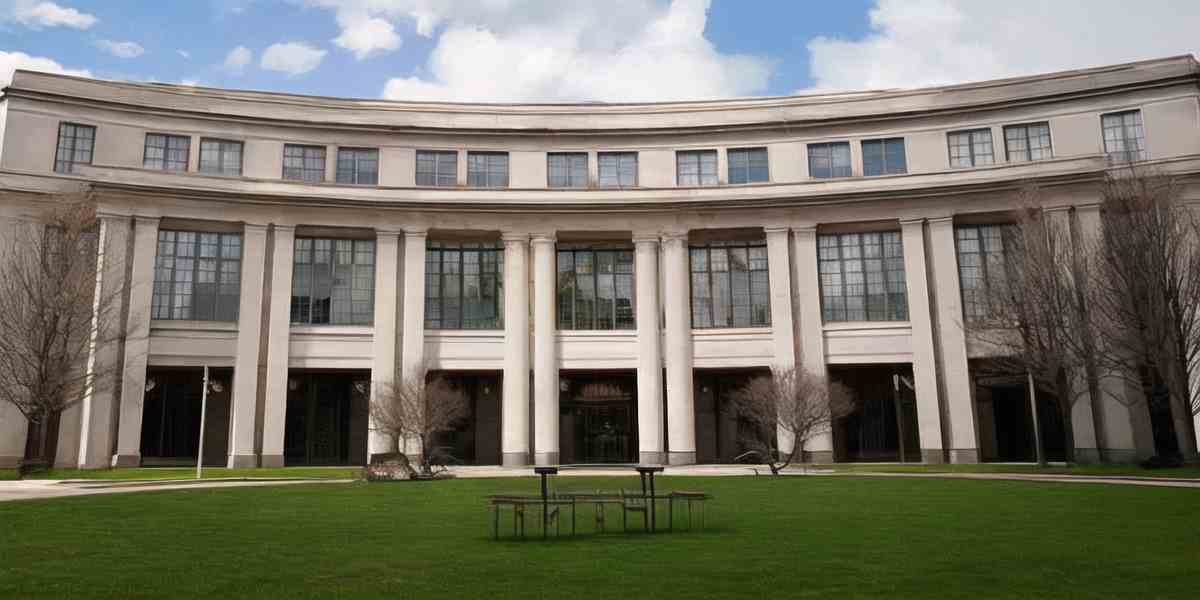Case Western Reserve University Aerospace Engineering Ranking

Case Western Reserve University's Aerospace Engineering program has seen a notable shift in recent rankings, prompting analysis from faculty, students, and industry observers. The program's position in national surveys has fluctuated, raising questions about the contributing factors and potential consequences for the university's reputation and student recruitment.
This article examines the recent changes in Case Western Reserve University's (CWRU) Aerospace Engineering ranking, exploring the underlying reasons for the shifts and the program's response. The goal is to provide a comprehensive and objective overview of the situation, considering its impact on current and prospective students, faculty, and the broader engineering community. Understanding the dynamics behind these rankings is crucial for stakeholders to make informed decisions about their academic and professional futures.
Recent Ranking Fluctuations
Specifically, the most recent U.S. News & World Report rankings show a change compared to previous years. While specific numbers fluctuate year to year, sources indicate a general trend of increased competitiveness amongst top-tier programs nationwide. This intensified competition impacts even well-regarded programs like CWRU's.
It is important to note that ranking methodologies vary considerably. Different ranking systems use different metrics, weighting them in diverse ways. These metrics can include research funding, faculty publications, student-faculty ratio, and peer assessments.
Factors Influencing Rankings
Several factors could contribute to changes in rankings. Increased research output from competing universities, shifts in faculty demographics, and changes in student selectivity are all potential influences. CWRU administration also points to the evolving definition of "aerospace engineering" as a contributing factor.
The university has been actively investing in new research initiatives and faculty recruitment. These investments are designed to strengthen the program's core areas and adapt to the rapidly changing landscape of the aerospace industry. It aims to improve its standing and maintain a leadership position in the field.
Another point to consider is the reliance on peer assessment scores in some ranking systems. These scores reflect subjective evaluations from other academics in the field. While valuable, they can be influenced by factors beyond pure academic merit, such as institutional reputation and networking.
CWRU's Response and Program Strengths
CWRU's administration acknowledges the ranking fluctuations but emphasizes the program's enduring strengths. These strengths include a strong foundation in fundamental engineering principles, hands-on learning opportunities, and close collaborations with industry partners. The university is actively addressing areas identified for improvement in the ranking reports.
The university officials have stated that they prioritize program quality over chasing rankings. They are focusing on providing a high-quality education and conducting impactful research. This includes attracting top students, fostering innovation, and preparing graduates for successful careers in the aerospace industry.
The program boasts state-of-the-art facilities, including wind tunnels, computational labs, and advanced materials testing equipment. CWRU's location in Cleveland also provides unique access to aerospace companies and research institutions, enriching the student experience.
Impact on Students and the Community
The ranking changes may raise concerns among current and prospective students. It is vital to remember that rankings are just one factor to consider when choosing a university. Students should also look at the curriculum, faculty expertise, research opportunities, and overall fit with their academic and career goals.
CWRU emphasizes the importance of students’ individual experiences and accomplishments. The university's career services department actively works with students to secure internships and jobs. These initiatives help build a strong foundation for their future careers.
The local community benefits from a strong aerospace engineering program at CWRU. It contributes to the regional economy and fosters innovation in the aerospace sector. The university's research partnerships with local industries provide valuable opportunities for students and faculty.
Conclusion
While Case Western Reserve University's Aerospace Engineering ranking has seen some recent fluctuations, the program maintains significant strengths and is actively working to enhance its standing. Students, faculty, and the broader community should consider the program's comprehensive strengths beyond any single ranking metric. The university's commitment to academic excellence and research innovation remains steadfast.
It is important to view ranking changes within the context of the highly competitive landscape of aerospace engineering education. CWRU continues to be a respected institution for aerospace engineering studies. Focusing on its core strengths and adapting to the evolving needs of the industry, the university positions itself for continued success.














![Case Western Reserve University Aerospace Engineering Ranking [100+] Case Western Reserve University Pictures | Wallpapers.com](https://wallpapers.com/images/featured/case-western-reserve-university-pictures-zu1knibj83ib0u0f.jpg)



